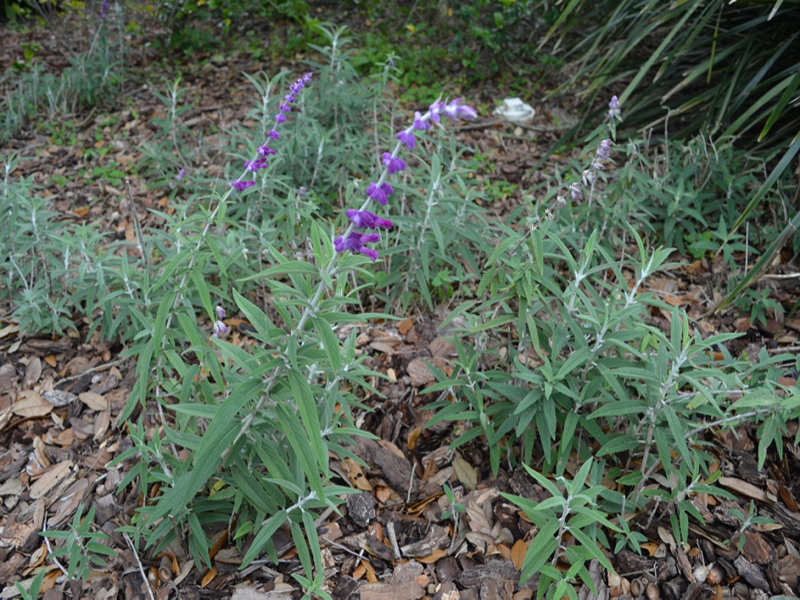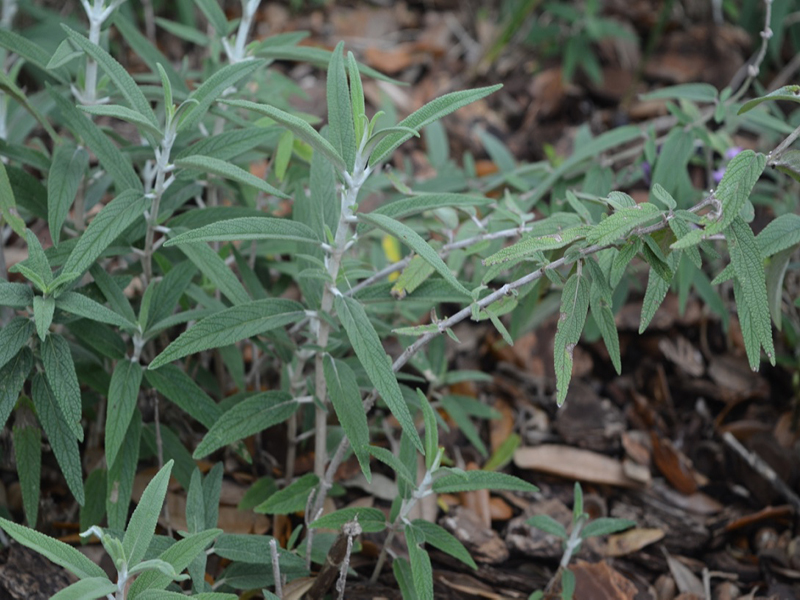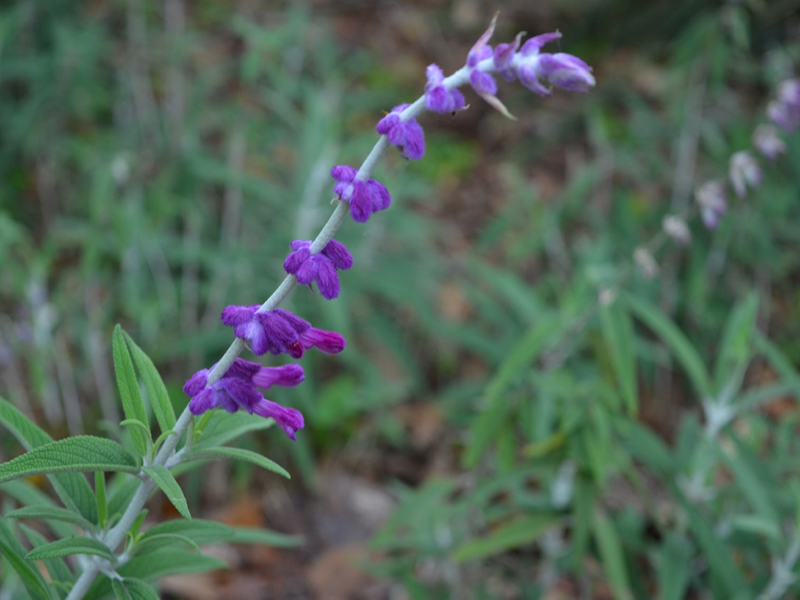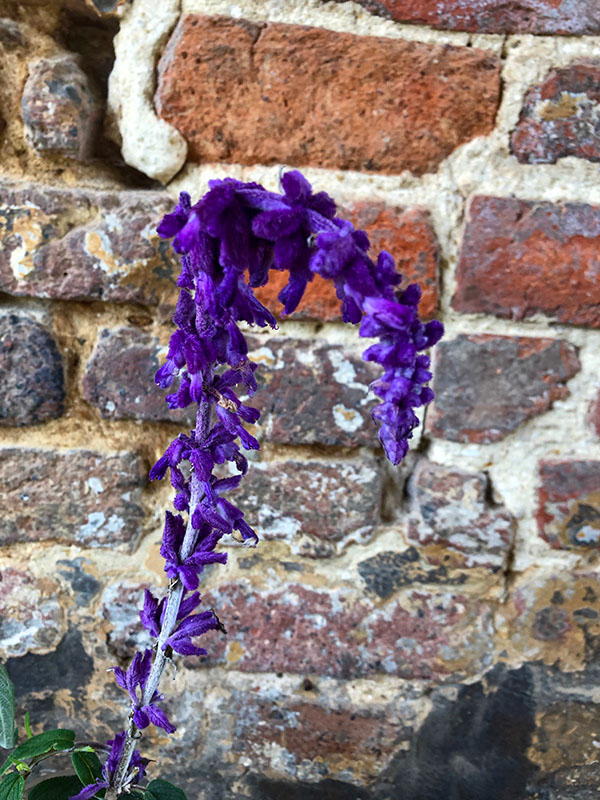
Perennials > Salvia > Salvia leucantha > Salvia leucantha
Salvia leucantha
Maxican Bush, Mexican bush sage
Origin: An evergreen shrubby perennial that is native to Central America and Mexico.
| Family |
| Lamiaceae |
| Genus |
| Salvia |
| Species |
| leucantha |
| Category |
| Perennials |
| USDA Hardiness Zone |
| 8a to 10b |
| Canadian Hardiness Zone |
| 8 |
| RHS Hardiness Zone |
| H5 - H2 |
| Temperature (°C) |
| (-12.2) - 1.7 |
| Temperature (°F) |
| 10 - 35 |
| Height |
| 0.5 - 1.3 m |
| Spread |
| 0.5 - 2.0 m |
Photographs
Description and Growing Information
Flowering Period
| General Description |
| It is a low-maintenance plant. Flowers attract butterflies, bees and hummingbirds. |
| Landscape |
| Cut Flowers; flower borders and beds; wall-side borders; container plants; wildlife gardens. |
| Cultivation |
| Grows outdoors in moderately fertile, well-drained soil in full sun or dappled shade in a frost-free border. Protect from excessive winter moisture. |
| Pests |
| Powdery mildew, rust, stem rot, fungal leaf spots, whiteflies, aphids, mealybugs, spider mites. |
| Habitat |
| It is a herbaceous perennial that is native to subtropical and tropical conifer forests in central and eastern Mexico. |
| Bark/Stem Description |
| It grows up to 1.3 m high and 2 m wide, with numerous erect stems, often arching at their tips, and with long inflorescences. |
| Leaf Description |
| Foliage has a velvet-like texture. |
| Flower Description |
| Producing a very attractive late summer to frost bloom of showy bicolour flowers consisting of white corollas and longer-lasting funnel-form purple calyces. Flowers appear in dense, arching, terminal spikes (racemes to 25 cm long) that extend above the foliage. Flowers are attractive to butterflies and hummingbirds. Linear, lance-shaped, grey to green leaves (to 10 cm long) are borne in pairs on square stems. |
| Notable Specimens |
| Bok Tower Gardens, Lake Wales, Florida, United States of America. |
| Propagation |
| By softwood cuttings in spring or semi-hardwood in late summer, also by simple layering or seed. |




